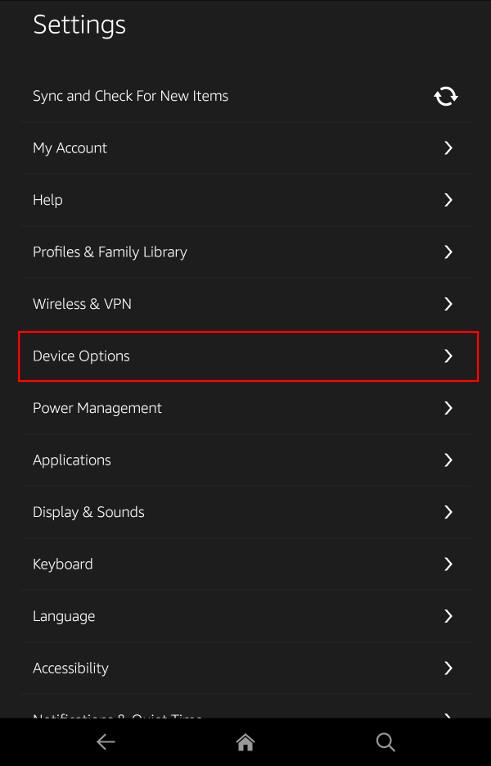
- Most users use Disk Utility to erase a disk or hard drive. But some Mac users might need to erase them from the command line on Mac OS. To do that, the only thing you need is a bit of precise syntax to make sure that you are erasing the proper disk. Here I'll show you how you can erase and format a disk using the command line. Working with Terminal.
- The following sections explain how USB formatting with this Mac tool works and which file system is suitable for your USB stick. Formatting USBs (Mac): Choosing the right file system When you format your USB drive on a Mac computer, you should first consider which device you wish to connect the data storage device to and which operating systems.
All external USB disks can be formatted to work on Mac OSX, but not always straight out of the box.

- Most users use Disk Utility to erase a disk or hard drive. But some Mac users might need to erase them from the command line on Mac OS. To do that, the only thing you need is a bit of precise syntax to make sure that you are erasing the proper disk. Here I'll show you how you can erase and format a disk using the command line. Working with Terminal.
- The following sections explain how USB formatting with this Mac tool works and which file system is suitable for your USB stick. Formatting USBs (Mac): Choosing the right file system When you format your USB drive on a Mac computer, you should first consider which device you wish to connect the data storage device to and which operating systems.
All external USB disks can be formatted to work on Mac OSX, but not always straight out of the box.
Terminal will then warn of the USB drive being wiped as part of the process. Type 'Y' and press enter. Leave the Mac alone as it formats and copies over the installer. The terminal command line in Mac can be used to format USB devices. This method can be used when you are unable to format the USB device through Disk Utility. As always, having a backup option will save you when plan A fails for some reason. Let us go through the exact steps in formatting your USB drive to FAT32 on Mac using the command line.
In this tutorial we look at formatting disks via the GUI app called Disk Utility and its equivalent command line tool diskutil. This will work in all modern versions of Apple Mac OSX including 10.9 Mavericks, 10.8, 10.7 and 10.6.
Initially external disks may be formatted for Windows and after you connect it to your Mac it appears in the device list in the Finder, but is a read only disk meaning that you can't write to it in its current format.
The when the disk is selected in the finder bottom left symbol with the crossed out pencil means that the disk can only be read not written to. Why this is, is because they come formatted as Windows NTFS drive which OSX can only read, so we need to reformat them so we can read and write – thats where a handy utility called Disk Utility comes to the rescue.
Disk Utility
Disk Utility is found in /Applications/Utilities/Disk Utility.app, open it and select your external disk in the list on the left.
There are 2 items (or more) for each disk, you have the actual disk and the volume of the disk, the example below has the Disk Named 2 TB WD Elements and the Volume is named Elements, this example uses the Volume which will in turn also format the Disk.
Then below you will see the Format type which will be NTFS or possibly MS-DOS (FAT), we need to reformat the volume and make the format Mac OS Extended (Journaled).
Reformatting the Disk
Still with the external disk selected in Disk Utility go to the Erase tab, select Mac OS Extended (Journaled) from the format dropdown, choose to name the disk and then click Erase.
And there you have it one read and writable disk ready for OSX.
The Security Options option next to erase can control how the disk is erased by zeroing out all the blocks on the disk, this then make it impossible to salvage any previous data, with new disks this is not necessary. Fun free games on steam for mac.
Also the other format option Mac OS Extended (Case-sensitive, Journaled) in the dropdown would allow you have same name files or folders in the same location with a mix of case like ‘red' and ‘RED', this is popular in the Linux disk format and also possible on OSX but not the default on OSX shipped disks.
Doing it on the line
You can also do this using the command line using the tool diskutil which is the command line interface to Disk Utility, launch Terminal, Applications/Utilities/Terminal – to see a list of your disks:
and the results are similar to:
Format Usb Stick Mac Terminal Adapter
This gives us a lot of information including the disk identifiers, size of disk and partitioning scheme. So in this example we will reformat the actual disk, disk2 using the command:
Here the command diskutil eraseDisk does the erasing, format is expressed as JHFS+ which is the Mac OS Extended (Journaled) and disk is named BackupMaster and the actual target disk is defined by its identifier disk2. The Terminal will result in this output:
Format Usb For Mac And Pc
Best mac time machine drive. And there you have it one formatted disk ready to go.
